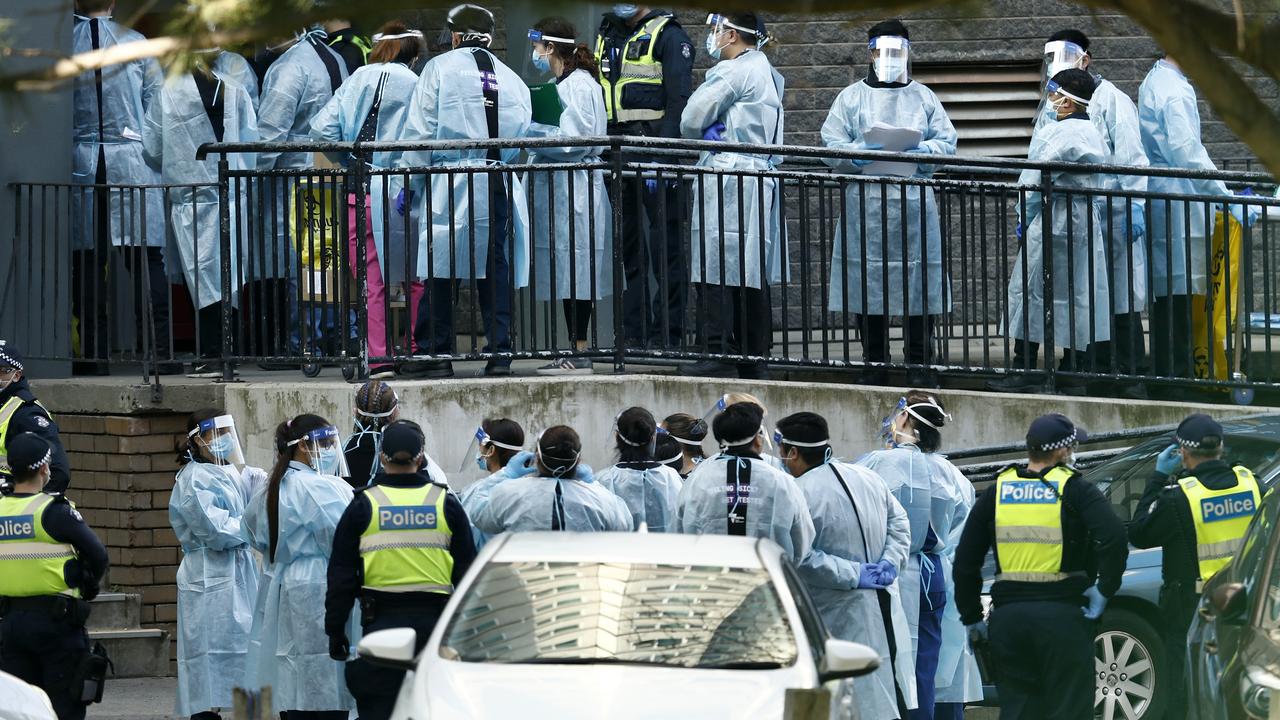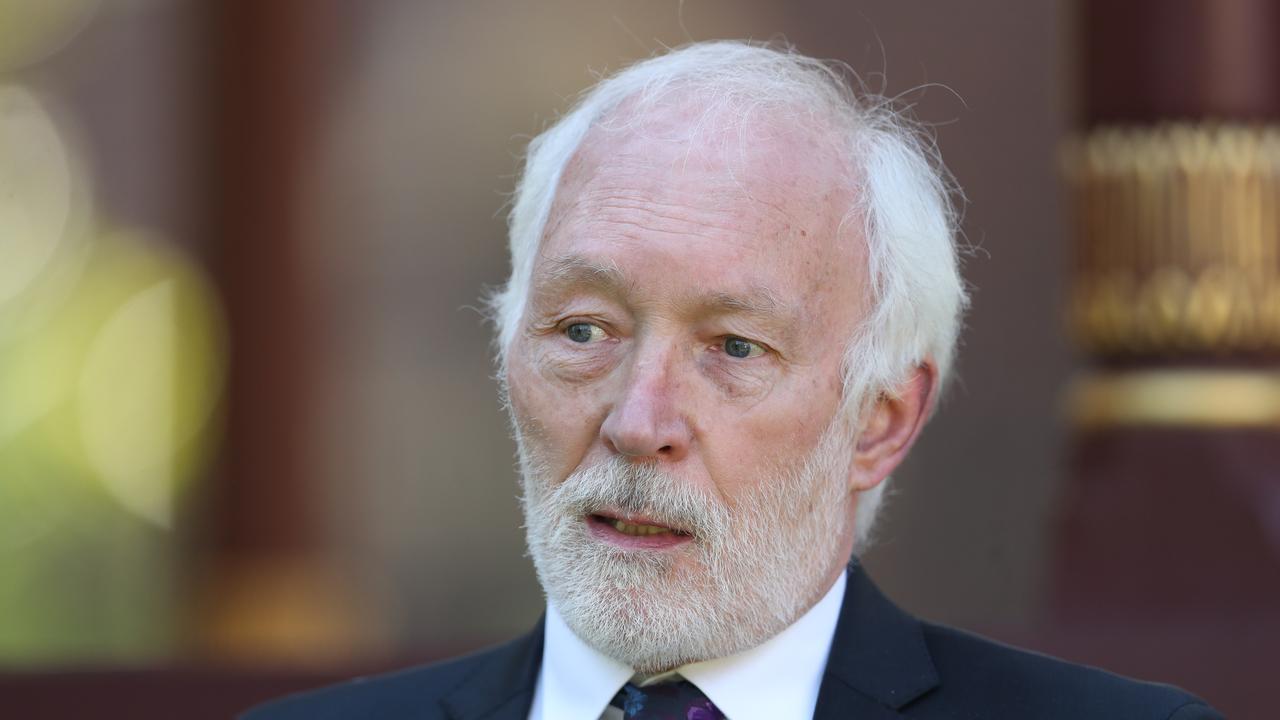Calls to give NDIS spending buffer
THE national disability insurance scheme would become unsustainable if it expands faster than the market meant to service it.
THE national disability insurance scheme will become unsustainable if it expands faster than the market that is meant to service it, leading to significant inflationary pressure on prices, the scheme’s actuary says.
The report from the actuary, contained in the first annual report for the NDIS released yesterday, was backed by Australian Government Actuary Peter Martin, who wrote to chairman Bruce Bonyhady earlier this month.
“The scheme actuary has identified a number of issues which have implications for the financial sustainability of the scheme and which, in my view, warrant careful consideration,” he said.
“I draw your attention particularly to her comments around the ICT system, the pace at which the scheme ramps up following the end of the trials and the importance of adopting a long-term view when considering spending decisions.”
Relying on early data, the scheme actuary, Sarah Johnson, said the full cost of the NDIS would be $22.4 billion in 2019-20.
Ms Johnson recommended the agency develop a funding “buffer” of between 10 per cent and 15 per cent of current costs to help it deal with unforeseen “fluctuations”.
Although the scheme is capped at age 65, it will allow people to receive support in perpetuity if they are in it before they turn 65 and, as such, the cost of the NDIS will rise to 1.3 per cent of GDP in 2044-45.
The over-65s will represent 27 per cent of all package costs then, compared with 5 per cent in 2019-20. This puts projections beyond those first raised by the Productivity Commission.
It also includes cost savings worth $700 million in 2019-20 from a yet-to-be fully formed national injury insurance scheme, which exists only for some injury categories in some states.
The NDIS annual report says its performance last financial year was within projections, notably the average cost of individual packages, which were $38,200 compared with estimates of $35,000.
Excluding the one-off cost of removing people from the large residential institution of Stockton, in Newcastle, the average package cost was $34,600. More than 500 people had packages in excess of $100,000. The agency spent $130.9m on support, within the $148.8m funding envelope allowed, but had committed vastly more, $285.4m.
As three new trial sites in Western Australia, the Northern Territory and the ACT came online in June, the agency had already committed 40 per cent of $384.4m allocated for the entire 2014-15 financial year.
In all four trial sites, from 2013-14, intellectual disabilities, autism and psychiatric illnesses accounted for more than half of the approved packages. In every trial, people most received communication and self-care support.


